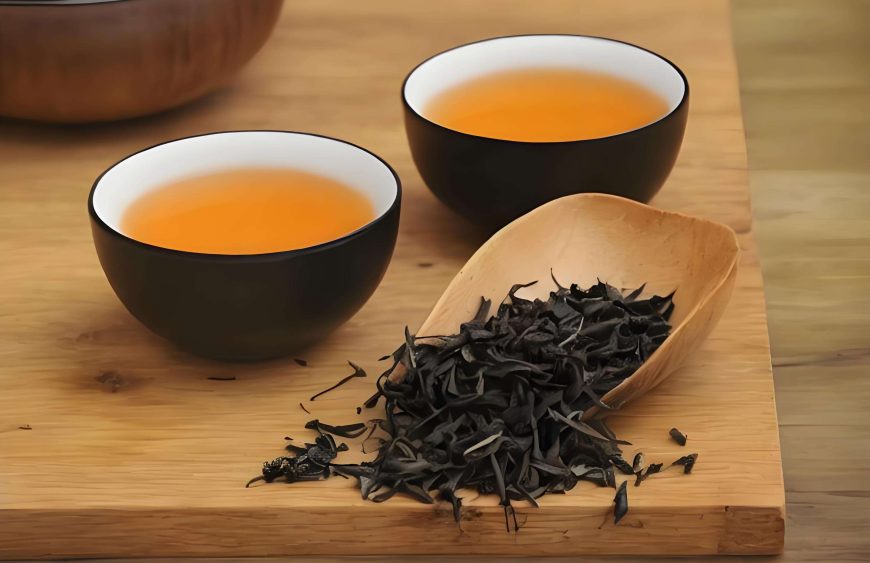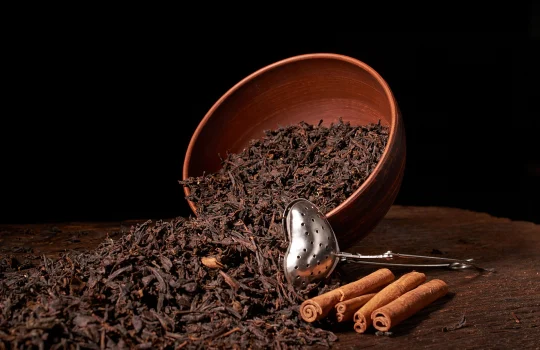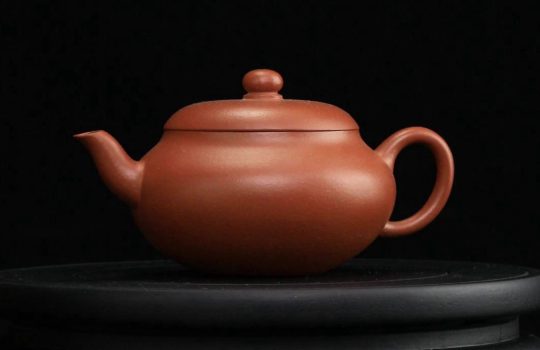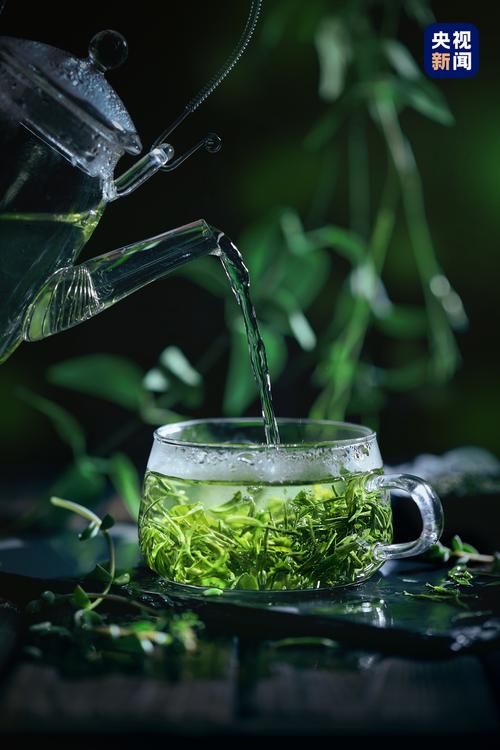Colour
Colour refers to the hue of the dry tea leaves and the colour of the tea liquor. This hue varies depending on the type of tea, and even within the same tea category, different hues may exist. Generally, the basic requirement for green tea is a vibrant green hue, though it may also appear yellow-green or grey-green. The colour of the tea liquor should be yellow-green and bright; black tea has a dark brown dry leaf colour, while the tea liquor is bright red; oolong tea typically has a greenish-brown dry leaf colour, and the tea liquor is yellow, bright, and rich.
Aroma
Aroma refers to fragrance. The quality and charm of tea largely stem from its aroma, which is determined by the various aromatic compounds it contains. The different proportions and combinations of these aromatic compounds create the unique fragrances of various teas. A cup of elegant and fragrant green tea, a cup of rich and aromatic black tea, or a cup of floral and delicate oolong tea—their aromas refresh the mind and leave a lasting impression.
Before tasting tea, one should first inhale its aroma. High-quality tea varieties feature a delicate, fragrant aroma, pure and fresh, or various floral, fruity, or honey-like scents that fill the nose, providing a sensory delight and enjoyment.
Taste
Taste refers to the flavour of the tea. All types of tea contain various flavour compounds such as sweetness, acidity, bitterness, freshness, and astringency. The primary component responsible for the freshness in tea is amino acids, while the bitterness comes from caffeine, the astringency from polyphenols, the sweetness from soluble sugars, and the acidity from various organic acids. Sipping a mouthful of tea broth and savouring its taste, one immediately feels the freshness of green tea, the sweetness of black tea, and the richness of oolong tea.
Charm
A good tea, upon entering the mouth, begins a harmonious interplay between the tea and the taste buds. The charm lies in the balance between bitterness and sweetness; if it transitions from bitterness to sweetness, it is a fine tea; otherwise, it is inferior. Tasting tea is not only about observing its colour, smelling its aroma, and savouring its fragrance; more importantly, it is about discerning the essence of the tea. For example, when tasting Tieguanyin, one appreciates its ‘yin yun’ (melodic essence); when tasting Da Hongpao, one appreciates its ‘yan yun’ (rock essence); and when tasting Dongding Oolong, one appreciates its ‘hou yun’ (throat essence). This is the ultimate pursuit and artistic enjoyment of tea tasting. ‘Charm’ originates from the true essence of tea and requires the tea taster to use the tactile senses of the mouth to slowly perceive it, thereby deeply appreciating the beauty of tea’s ‘charm.’




